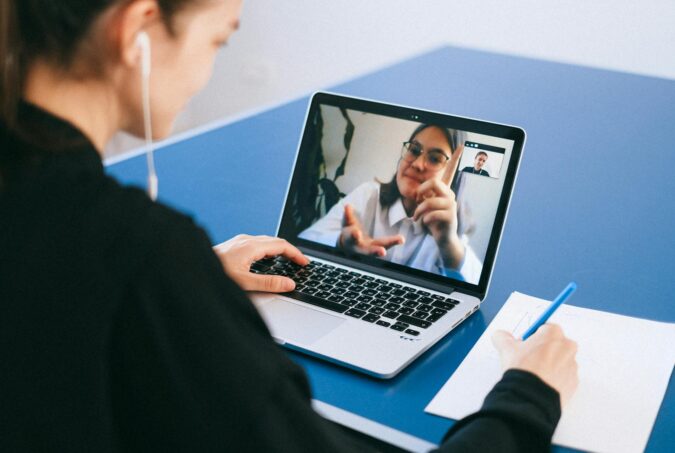The digitalisation of tax administration is a hot topic in the EU, with significant implications for VAT collection. Our recent study explores how the level of e-government, measured by the E-Government Development Index (EGDI), impacts VAT evasion, specifically the VAT gap, across EU Member States from 2003 to 2020. The findings reveal that higher levels of digitalisation in tax administration significantly reduce the VAT gap, highlighting the importance of digital transformation in public services. Why is this research important to policymakers? Here are three key elements that resonate with their needs: Enhanced Efficiency and Transparency: Digitalisation improves the efficiency of tax collection by reducing information asymmetry between taxpayers and tax authorities. This exchange leads to better compliance and less tax evasion. Policymakers can leverage these insights to advocate for more robust digital infrastructure in tax administration, ensuring that tax systems are transparent and efficient. Tailored Policy Measures: The study shows that the impact of digitalisation varies between original and new EU Member States. For instance, while digitalisation and corruption perception significantly affect the VAT gap in the original Member States, new Member States are more influenced by household consumption and standard VAT rates. This differentiation suggests that policymakers should tailor their digitalisation strategies to the specific needs and contexts of their countries Combatting Tax Evasion: The research underscores the role of digital tools in combatting VAT fraud, including carousel fraud. By implementing measures such as electronic invoicing and real-time transaction reporting, policymakers can significantly reduce opportunities for tax evasion. These tools not only enhance revenue collection but also build public trust in the tax system. The findings suggest that investing in digitalisation is not just a technological upgrade but a strategic move to enhance tax compliance and reduce evasion. Policymakers should focus on: Promoting digital literacy among taxpayers to ensure they can effectively use e-government services. Implementing comprehensive digital reporting systems to track transactions and detect fraud Customising digitalisation efforts…
By embracing digital transformation, policymakers can create more efficient, transparent, and fair tax systems that benefit both governments and taxpayers.










